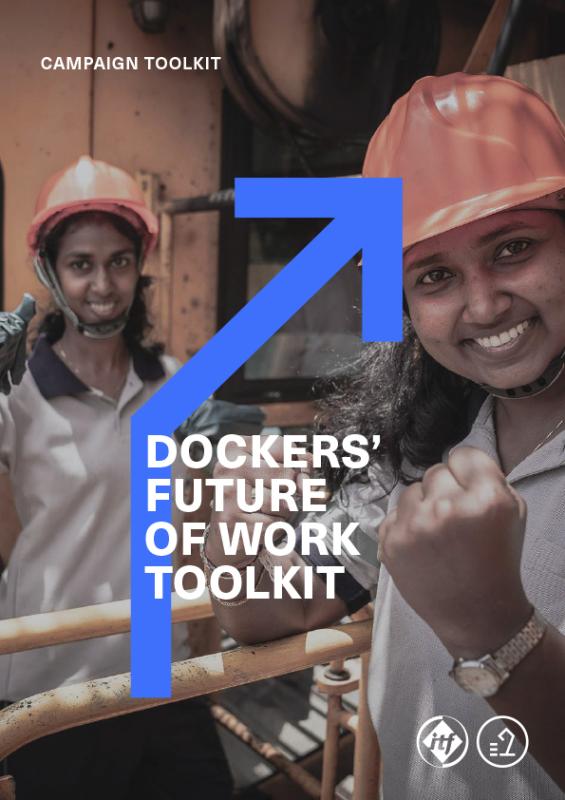Report
Published
In 2016 Ports of Auckland launched an automation programme which it claimed would double the port’s capacity, promising Aucklanders, customers and shareholders safety, environmental, community and capacity benefits from the automation of their container terminal. But the automation project failed on every measure. Instead of improving throughput, and even after accounting for disruptions caused by COVID, the automation project led to severe congestion, delays and additional costs for the port and its users. Workers were put under pressure to make up the shortfall, jeopardising safety with a with lives lost and a tripling of injuries and lives lost.








